
Ingredient
Centaury infusion leaves
The Healing Herb
Centaury infusion leaves are small, delicate leaves that have a mild and slightly bitter taste. They are often used to make herbal infusions and teas, which have a pale yellow color. The texture of the leaves is soft and velvety, and they can be easily crushed or powdered for use in different preparations.
Origins and history
Centaury infusion leaves have a long history of use in traditional medicine. They have been valued for their healing properties and are believed to support digestion, liver function, and overall wellness. Centaury is native to Europe and has been used by various cultures throughout history.
Nutritional information
Centaury infusion leaves are low in calories and fat. They contain various beneficial compounds, including antioxidants and flavonoids, which contribute to their potential health benefits. Additionally, they are a good source of vitamins and minerals, such as vitamin C and iron.
Allergens
May cause allergic reactions in individuals sensitive to plants in the Gentianaceae family.
How to select
When selecting centaury infusion leaves, look for fresh, vibrant leaves that are free from discoloration or signs of wilting. Opt for organic or wildcrafted leaves whenever possible to ensure the highest quality and avoid potential pesticide residues.
Storage recommendations
To maintain the freshness and potency of centaury infusion leaves, store them in an airtight container in a cool, dark, and dry place. Avoid exposure to moisture, heat, and direct sunlight, as these can degrade the quality of the leaves. Use within a year for optimal flavor and effectiveness.
How to produce
Centaury can be grown in a garden or in pots. It prefers well-drained soil and partial shade. Sow the seeds in spring or early summer and keep the soil moist until germination. Once established, centaury requires minimal care and can be harvested when the leaves are mature.
Preparation tips
Centaury infusion leaves can be used to make herbal infusions and teas. Simply steep a handful of leaves in hot water for 5-10 minutes, strain, and enjoy. The infusion can be consumed on its own or combined with other herbs for added flavor and benefits. Centaury leaves can also be used as a seasoning or garnish in culinary preparations.
Culinary uses
Centaury infusion leaves are commonly used in herbal remedies and teas to support digestion, promote liver health, and improve overall well-being. They can also be used as a natural remedy for various ailments, such as indigestion, bloating, and loss of appetite.
Availability
Europe
More ingredients from this category » Browse all
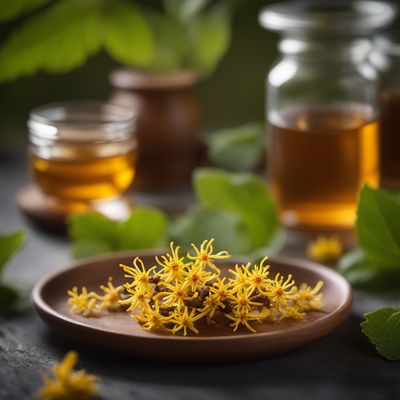
Witch hazel infusion leaves
The Natural Elixir: Unveiling the Power of Witch Hazel Infusion Leaves

Clubmoss infusion leaves
The Ancient Elixir: Unveiling the Mysteries of Clubmoss Infusion Leaves

Rock rose infusion leaves
The Fragrant Elixir: Exploring the World of Rock Rose Infusion Leaves

Boldo infusion leaves
The Ancient Herbal Elixir: Unveiling the Power of Boldo Infusion Leaves
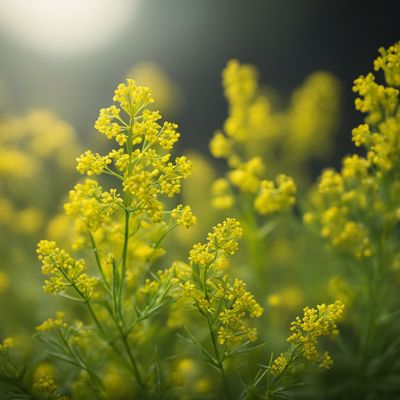
Yellow bedstraw infusion leaves
The Golden Elixir: Unveiling the Secrets of Yellow Bedstraw Infusion Leaves

Currant (black, red and white) infusion leaves
Infusion Leaves: A Burst of Flavor and Health
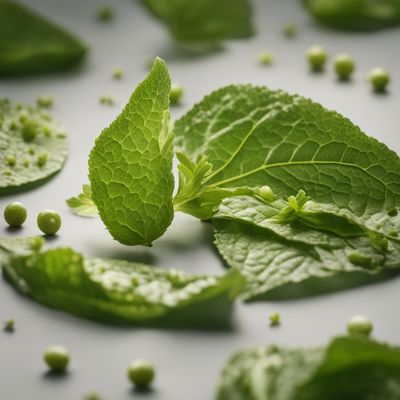
Muña infusion leaves
Andean Mint Delight

Horehound infusion leaves
The Bitter Herbal Elixir

Ironwort infusion leaves
The Herbal Elixir: Unveiling the Wonders of Ironwort Infusion Leaves

Mistletoe infusion leaves
The Magical Elixir: Mistletoe Infusion Leaves

Wood betony infusion leaves
The Healing Power of Wood Betony

Gymnema infusion leaves
The Sweet-Suppressing Herb
Recipes using Centaury infusion leaves » Browse all

Khoodra Mafrooka with Spiced Lamb and Fragrant Rice
Saffron-infused Delight: Khoodra Mafrooka with Spiced Lamb

Kazakh-style Foie Gras Terrine
Luxurious Kazakh Delight: Foie Gras Terrine with a Local Twist

Yemeni-inspired Spiced Nigiri Sushi
Zesty Spice Fusion: Yemeni-inspired Nigiri Sushi
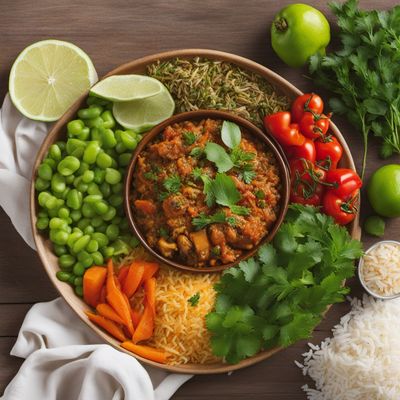
Mauritian-style Casserole Rice
Exotic Fusion: Mauritian Delight Casserole Rice

Vietnamese-style Breakfast Baguette
Sunrise Baguette: A Vietnamese Twist on Breakfast
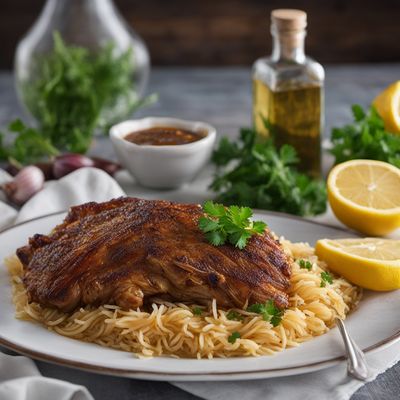
Muhajir Kleftiko
Spiced Lamb Parcel with Fragrant Rice

Totopo with Homemade Salsa
Crispy Corn Tortilla Chips with Flavorful Homemade Salsa
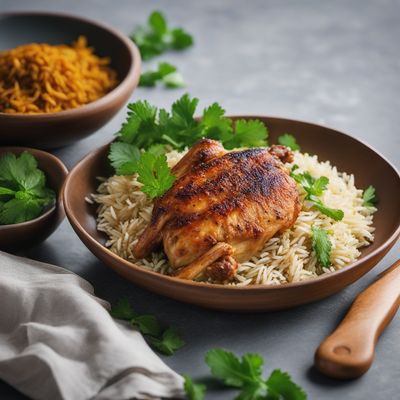
Arabian Spiced Rice with Roasted Chicken and Cucumber Salad
Saffron-infused Delight: Arabian Rice with Roasted Chicken and Refreshing Cucumber Salad
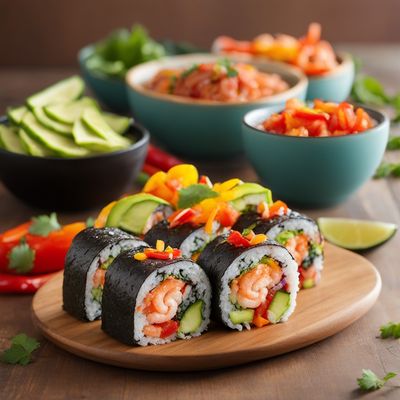
Southwestern Rainbow Roll
Spicy Fiesta Sushi Roll
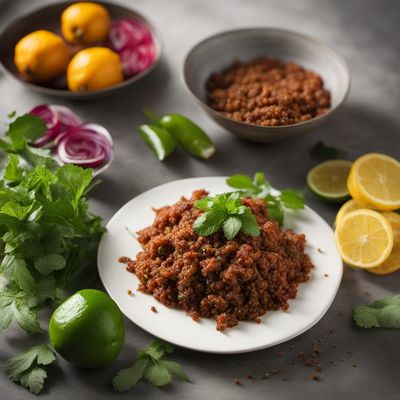
Jamaican Pommerac Chow
Tropical Delight: Jamaican Pommerac Chow
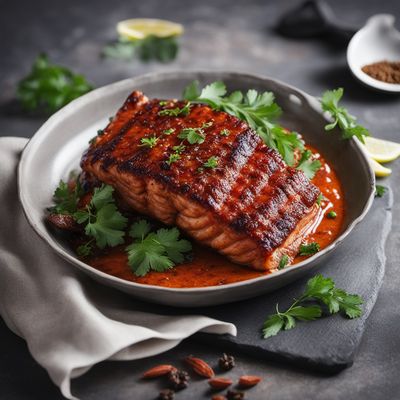
Grilled Masgouf with Tamarind Glaze
Tangy Grilled Masgouf: A Flavorful Delight from Iraqi Cuisine
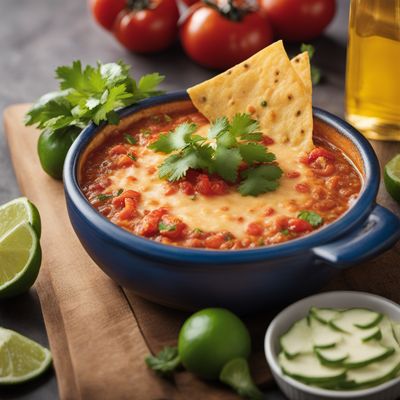
Queso Fundido Fiesta
Tequila-Infused Cheese Fiesta